Average TTF price in H1 2024
compared to H1 2023.
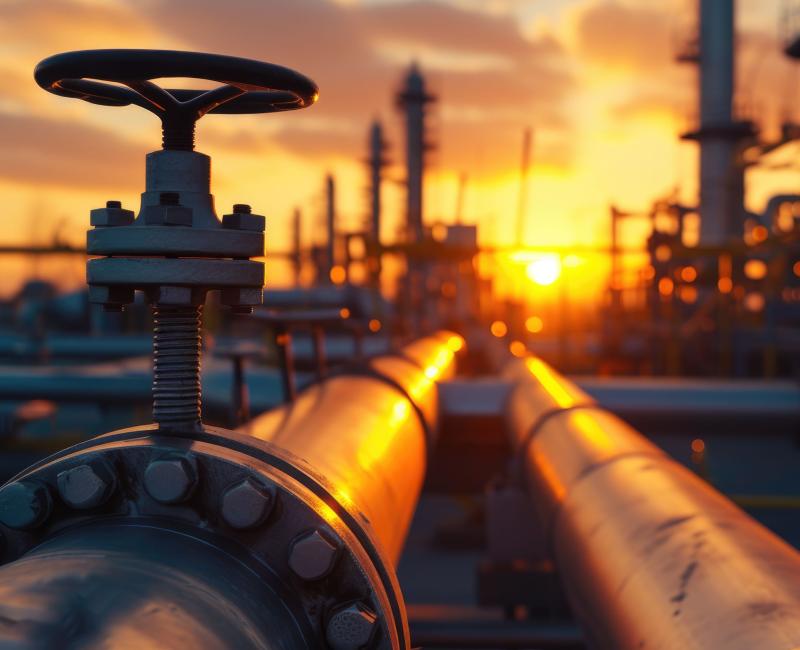
ACER issues its Opinion on the Summer Supply Outlook 2024 published by the European Network of Transmission System Operators for Gas (ENTSOG).
ENTSOG’s Summer Outlook 2024 evaluates the expected gas supply and the capacity of the EU gas infrastructure to meet demand, exports, and storage needs during summer 2024. It focuses on the goal of filling gas storage to 90% by 30 September 2024 (in line with EU’s obligations to reach this level by 1 November). The Outlook considers current gas supply risks and the EU’s remaining dependence on Russian gas supply. Additionally, it includes an analysis of gas supply conditions for the winter 2024/25.
The Outlook presents two scenarios:
The Outlook’s main findings include:
The European Network of Transmission System Operators for Electricity (ENTSO-E) also published its summer adequacy assessment for the European electricity system. ENTSO-E Summer Outlook confirms sufficient resource adequacy to meet European consumers’ power demand during the summer months.
Given the high interdependence of the electricity and gas sectors, ACER highlights the importance of a close cooperation between ENTSOG and ENTSO-E to ensure consistent assumptions and results in their respective seasonal outlooks.

Today, ACER releases its second quarterly review of key developments in European gas wholesale markets as part of its 2024 Market Monitoring Report (MMR). The first publication was issued in March 2024.
This report highlights the main trends in Europe’s gas markets in the first half of 2024 and identifies upcoming challenges for Europe arising from global developments (flows via Ukraine, global LNG markets etc.).
The report finds volatile prices and supply changes in European gas markets in the first half of 2024:
ACER will continue to closely monitor trends in the European gas markets that could lead to short-term volatility for European energy markets. The next update on the European gas wholesale markets will be published in October 2024.
 Gas
Gas

The second quarterly review of key developments in gas wholesale markets highlights the main trends in the first half of 2024 and identifies upcoming challenges for Europe arising from global developments (flows via Ukraine, global LNG markets etc.).
The report finds volatile prices and supply changes in European gas markets in the first half of 2024:
Average TTF price in H1 2024
compared to H1 2023.
Less gas injected into storages in H1 2024
compared to H1 2023.
Decrease of LNG imports H1 2024
compared to H1 2023.
The report provides an overview of EU wholesale gas markets trends in the first half of 2024.
Specifically, it addresses:
Access the underlying datasets.

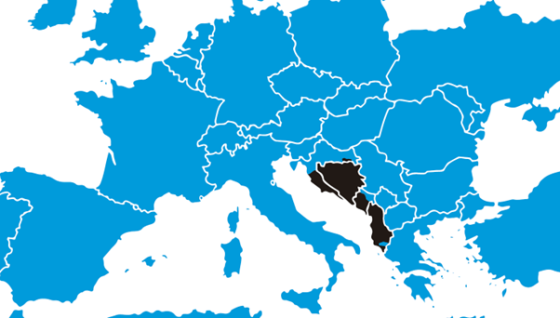
Following a blackout in the south-eastern part of Continental Europe on 21 June, ENTSO-E has set up an Expert Panel and has invited ACER and relevant regulators in the region to join it. Today, ENTSO-E, ACER and the regulators in the region convened in the first meeting of this Expert Panel.
The investigation of the Expert Panel will be based on the data collected and analysed by ENTSO-E experts. The investigation of the Expert Panel will be finalised with a final report to be published on ENTSO-E website.
On 21 June 2024 at 12:24 CET, due to a major incident in the Continental Europe power system region, a large part of the transmission systems of Albania, Montenegro, Bosnia and Herzegovina as well as Croatia suffered a voltage collapse followed by a total blackout in this area. The figure shows (in black) the geographic area affected by the incident of 21 June 2024 (in black). The rest of the Continental Europe power system was not significantly affected by the incident. Furthermore, thanks to the coordinated efforts of the affected TSOs the voltage on the 400 kV grid was restored within a few hours.
ACER and ENTSO-E will continue to provide timely information about the incident.
For latest updates on this incident and the next steps, check out the respective websites of ENTSO-E and of ACER.
ENTSO-E news:
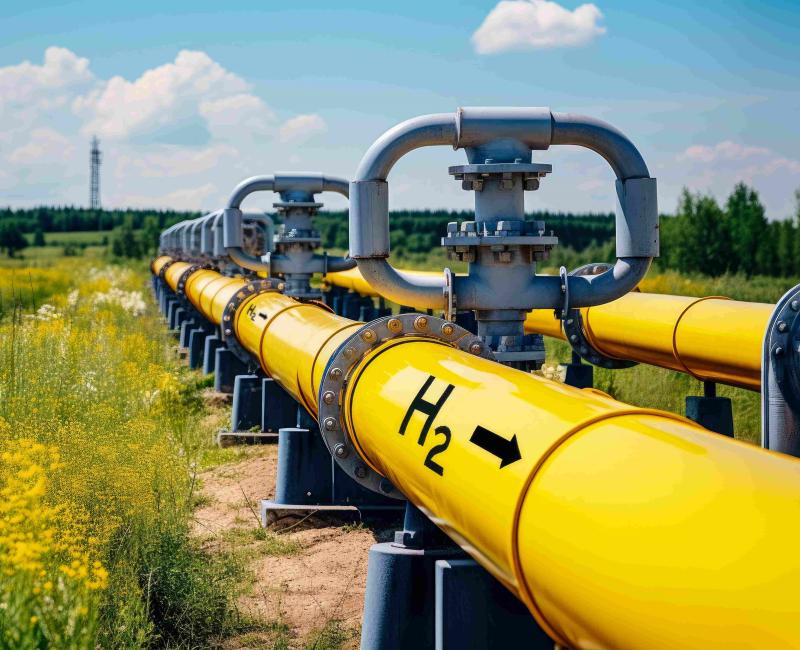
ACER publishes today its feedback on ENTSOG’s “Implementation Guidelines and other complementary guidance documents” for the Ten-Year Network Development Plan (TYNDP) 2024. ACER welcomes the publication of these guidance documents for the first time, as recommended in ACER’s position paper on Cost-Benefit Analysis (CBA) consistency (March 2023), but calls for some further improvements.
Every two years, the European Network of Transmission System Operators for Gas (ENTSOG) publishes a non-binding TYNDP which looks forward over a ten-year horizon to identify infrastructure needs, assess projects’ benefits and provide an overview of supply adequacy across Europe. ACER monitors the development and execution of ENTSOG's plan and issues an Opinion on the draft TYNDP, evaluating its alignment with regulatory requirements.
The TEN-E Regulation 2022/869 mandates ENTSOG to consult with all relevant stakeholders and consider their input as part of this process.
From 19 June to 9 July 2024, ENTSOG conducted a public consultation on its guidance documents for the TYNDP 2024 including on the:
ACER recommends further improvements in ENTSOG’s guidance documents, including to:
In line with the TEN-E Regulation 2022/869, ACER will issue an Opinion on the ENTSOG’s Infrastructure Gaps Identification (IGI) as well as on its draft TYNDP 2024 at a later stage. ACER emphasizes the importance of receiving all relevant materials promptly to ensure they align seamlessly with the 2025 Projects of Common Interest (PCI) selection process.
Access ACER’s feedback.
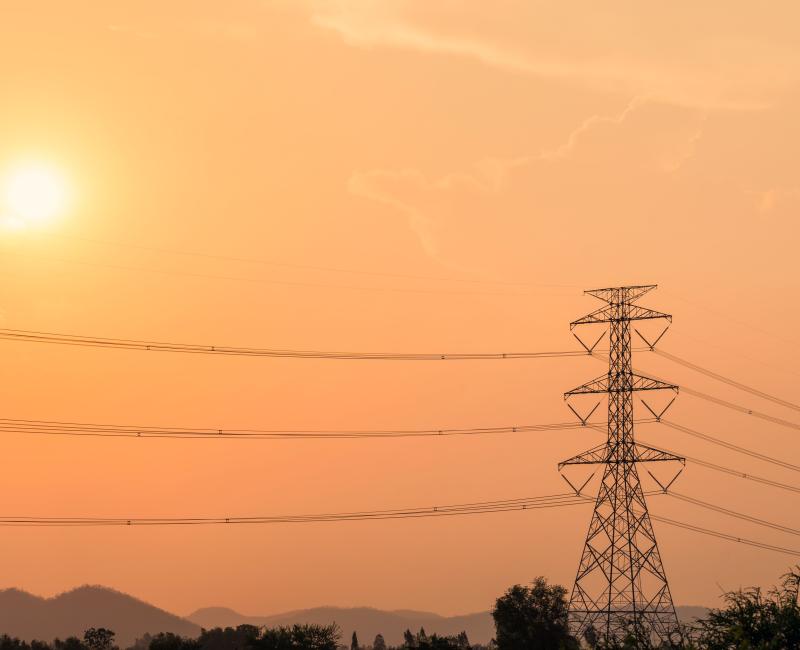
Today’s ACER-CEER position paper on the challenges of the future electricity system calls on the European Commission, Council and Parliament to prioritise five key electricity and infrastructure challenges throughout the legislative process in their upcoming mandate(s).
In short, the paper highlights the urgent need for Europe to facilitate the deployment of more intermittent renewables and to unlock a resilient, flexible and cost-effective electricity sector by
EU energy regulators are proposing a set of recommendations and commitments that will allow the EU as a whole and Member States to actively steer and harness the power of a new, rapidly emerging energy system that supports the clean energy transition. This includes:
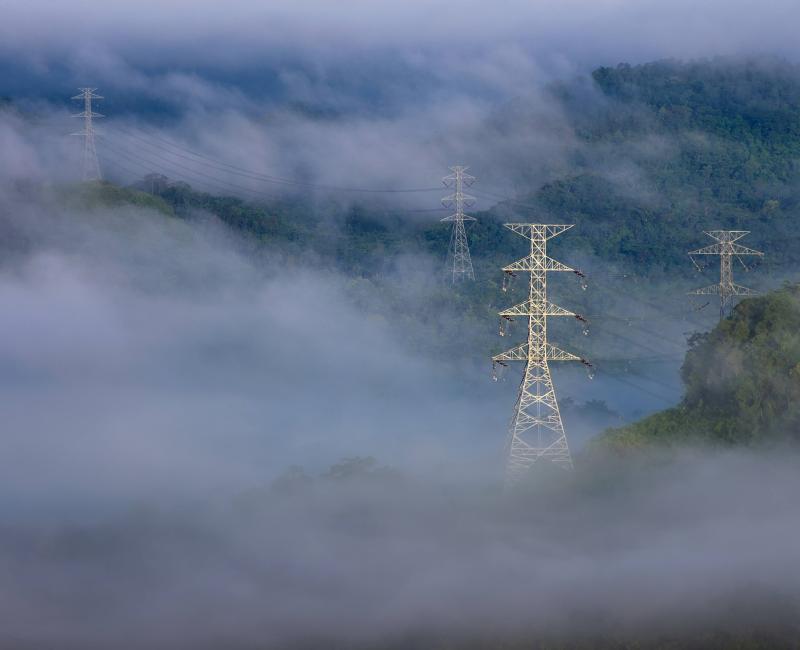
Today, ACER issued two decisions that amend the EU electricity balancing rules including the implementation framework for the PICASSO platform and the balancing pricing methodology on all EU balancing platforms.
Balancing the supply and demand for electricity is key for the stability of the power system. To help maintain grid balance, Transmission System Operators (TSOs) activate balancing energy from parties like generators, storage providers or others who can quickly adjust the electricity they feed into or withdraw from the grid.
Sharing balancing energy between countries builds electricity resilience in Europe and saves money. The Electricity Balancing Regulation was introduced in 2017 to regulate the smooth exchange of balancing energy across borders.
Since then, TSOs, the national regulators and ACER have done much work to progress towards a pan-European electricity balancing market that would make the activation of balancing services cheaper for the European consumers. PICASSO, MARI and TERRE are the TSOs’ projects establishing the three European electricity balancing platforms.
The PICASSO platform was launched in June 2022 for the exchange of the automatic frequency restoration reserve (aFRR). Currently, the platform is used by the TSOs of Germany, Austria and Czech Republic. The end of the legal derogations for European TSOs to connect to this balancing platform is July 2024.
Since the PICASSO platform started operating, some inefficiencies have been observed. To address them, in February 2024 TSOs proposed changes to the rules governing how:
ACER believes that making the PICASSO platform operate efficiently is important to build trust in the market and secure the timely connection of more TSOs which, in turn, will bring more liquidity ensuring a better coordination across Europe and cheaper costs for consumers.
The end of the legal derogations for European TSOs to connect to this balancing platform is July 2024.
With its Decisions 08/2024 and 09/2024 released today, ACER has revised the TSOs’ proposals, and amended the following rules:
To inform its decision-making process, ACER engaged with stakeholders via a public consultation (March-April 2024) and a webinar (held in April 2024).
European TSOs have one month after the adoption of ACER’s decisions to implement the required changes in the electricity balancing platforms.

Today, ACER releases its report on the Swedish gas transmission tariffs, directed at the Swedish Energy Markets Inspectorate (EI), the National Regulatory Authority (NRA), and Swedegas, the Transmission System Operator (TSO) of Sweden.
The report evaluates the compliance of the proposed methodology with the requirements of the Network Code on Harmonised Transmission Tariff Structures (NC TAR).
After analysing the proposed methodology, ACER concludes that:
ACER recommends that the NRA (or the TSO, as decided by the NRA) conduct a consultation on the applied methodology in the Swedish transmission network, following the requirements of the NC TAR.
ACER invites the NRA to repeat the consultation next year, considering that the NC TAR prescribes tariffs to be set at least every five years. This threshold has already passed at the time of this report’s publication.
Access all ACER reports on national tariff consultation documents.

The revised Regulation on Wholesale Energy Market Integrity and Transparency (REMIT) grants ACER new powers to investigate cross-border cases in the European wholesale energy markets.
ACER is empowered to investigate breaches of:
market manipulation;
insider trading;
disclosure of inside information;
data reporting obligations;
activities by persons professionally arranging or executing transactions.
To conduct these investigations, ACER is authorised to:
request information;
perform on-site inspections;
take statements.
The new cross-border investigative powers complement those of the National Regulatory Authorities (NRAs). ACER has jurisdiction over acts involving wholesale energy products for delivery in at least two Member States. ACER will actively cooperate with relevant NRAs when exercising its investigative powers.

ACER may start an investigation after consulting with the relevant NRAs, who can object if they are investigating or have already investigated the same facts.
When concluding an investigation, ACER will compile a conclusive report. If a breach is identified, ACER will notify the relevant NRAs and recommend necessary measures.
Within three months of receiving the investigation report, NRAs are required to inform ACER, and if necessary, the European Commission, on which measures they deem essential to implement.

To set up these new processes, ACER is enhancing cooperation with stakeholders, by:
identifying best practices;
selecting specialised IT tools that can effectively gather, analyse, and manage evidence for investigations;
investing in talent acquisition;
updating existing processes defining the relationship with NRAs to ensure cooperation and consistency on previous REMIT cases;
enhancing ACER’s Notification Platform to facilitate reporting on suspected REMIT breaches.

Following the entrance into force of the revised REMIT Regulation (7 May 2024), ACER can start investigating potential REMIT breaches. Its powers do not apply retrospectively.
To deliver on the new tasks, ACER is setting up a new REMIT Investigations Department, which will become operational from 2025 onwards. The recruitment of new specialised staff will take place between 2025 and 2027.
ACER’s cross-border investigations will start in Q4 of 2026. It is estimated that completing an investigatory report could take a few years.